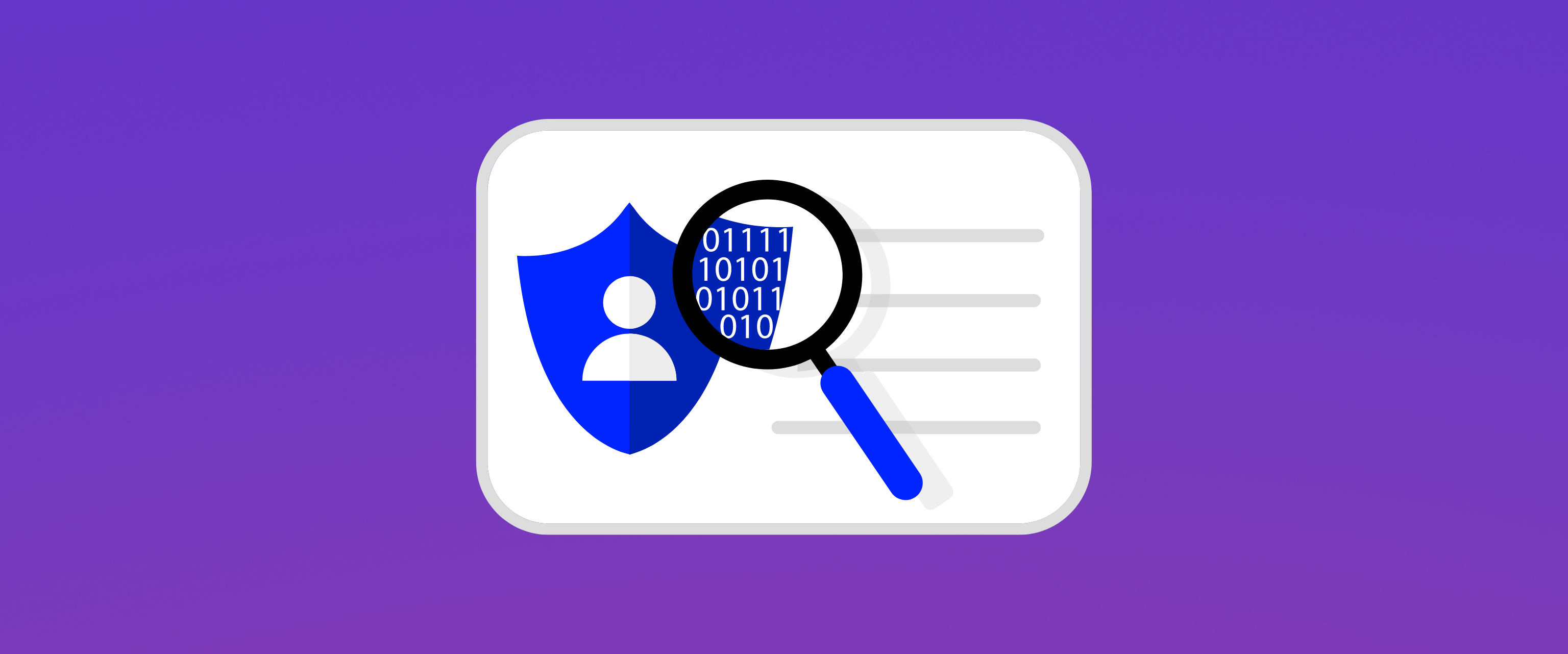Top 10 Considerations to Make When Buying a CDP
Last updated: October 13, 2024

There are so many reasons to purchase a customer data platform (CDP). From the 360-degree customer profile, to the automatic integration of rich behavioral data into your audience database, to endless personalization opportunities, it’s hard to understand why a business wouldn’t want one.
But before you dive in, consider these 10 questions. Because in order for a CDP to work as effectively as it’s designed to, you need a solid strategy, mission, and alignment to make it happen.
10 Considerations to Make When Buying a CDP
First, ask yourself these 5 yes or no questions:
Streamline your tech stack: Boost efficiency, unify data & retain talent! Get expert tips now:
- Do you collect first-party data like it’s the most valuable currency on earth (because let’s be honest, it is), and now you’re looking for ways to do more with it?
- Do you want to collect data from various sources including browsing history, demographics, profile data, transactions, email marketing campaigns and engagement metrics, customer service phone calls, event attendance, social media activity, direct mail, and more, and unify that data to more effectively interact with consumers?
- Do you want to break down data silos and create 360-degree audience views?
- Do you want to convert unknown visitors to known users, collect data from new sources, re-engage lost audiences, and personalize cross-channel communications like never before?
- Are you prepared to leverage the audience insights you’d gain from a CDP to target and segment more effectively?
If you answered yes to all or most of the 5 questions above, a CDP should be a part of your future engagement strategy. When you understand the value of your data and are seeking ways to unify and maximize its power, a CDP is the natural next step.
Now that you’ve affirmed your need to organize your data and break down existing data silos, ask yourself another set of questions. These 5 dig a bit deeper:
- Is your internal team aligned on how a CDP compliments the power of your existing CRM and DMP tools?
- What are some of the KPIs you’d like to achieve by purchasing a CDP?
- What is your long-term audience engagement strategy—are you looking for a solution to simply house existing customer data or do you want to build a robust ecosystem of unified member profiles that support better targeting and segmentation?
- How would you leverage the real-time audience insights gained from a CDP?
- And finally, have you researched the right partner to work with to ensure you’re gaining the most value? Because we can help you there!
By answering the questions above, you will gain insight into your goals and objectives if you haven’t previously considered how a CDP can help you. And, if you don’t have a solid answer yet to any of these questions, we’ve got your back. CDPs are our wheelhouse and we can help you start the conversations that will lead to confident answers.
Omeda’s CDP is designed to be more than a simple point solution strategy. It’s part of the overarching audience orchestration. We know your audience engages with your brand and content on multiple channels, and our CDP will increase audience insights so you can do more with the data you have.
For more information about getting started with a CDP, contact Omeda at sales@omeda.com to learn more about our CODiE Award-winning solution!
Subscribe to our newsletter
Sign up to get our latest articles sent directly to your inbox.
What you should do now
- Schedule a Demo to see how Omeda can help your team.
- Read more Marketing Technology articles in our blog.
- If you know someone who’d enjoy this article, share it with them via Facebook, Twitter, LinkedIn, or email.